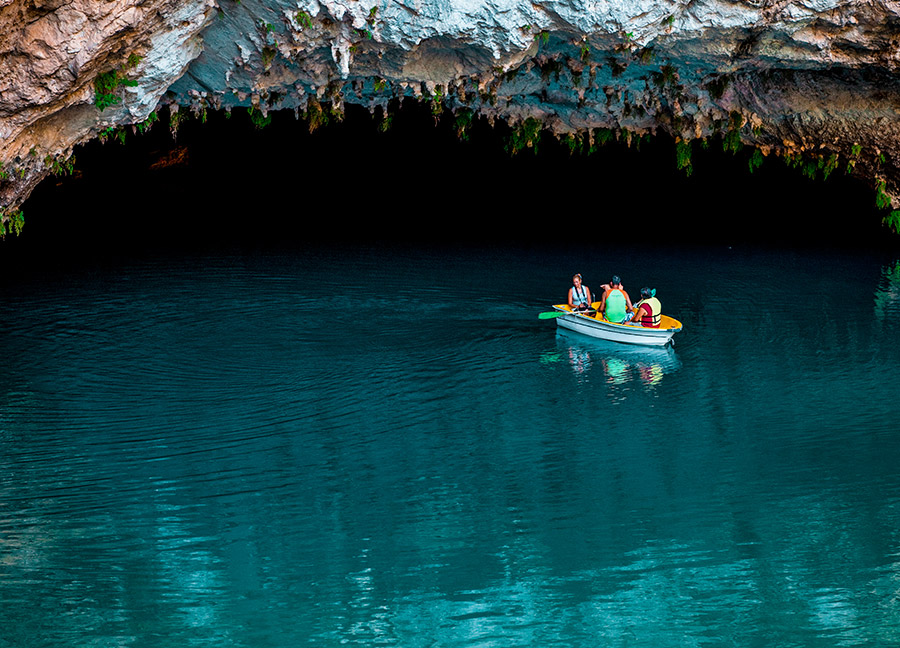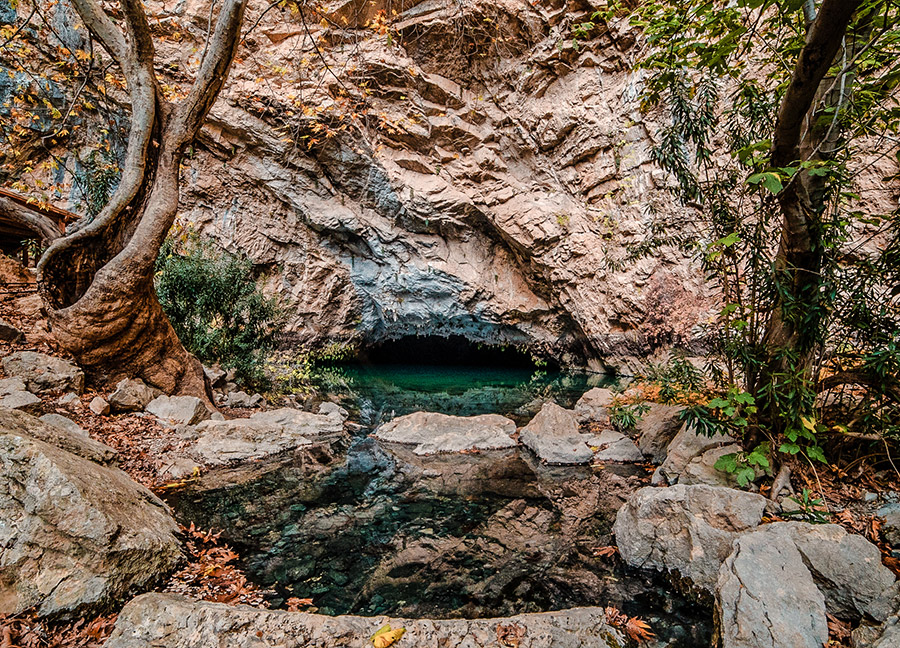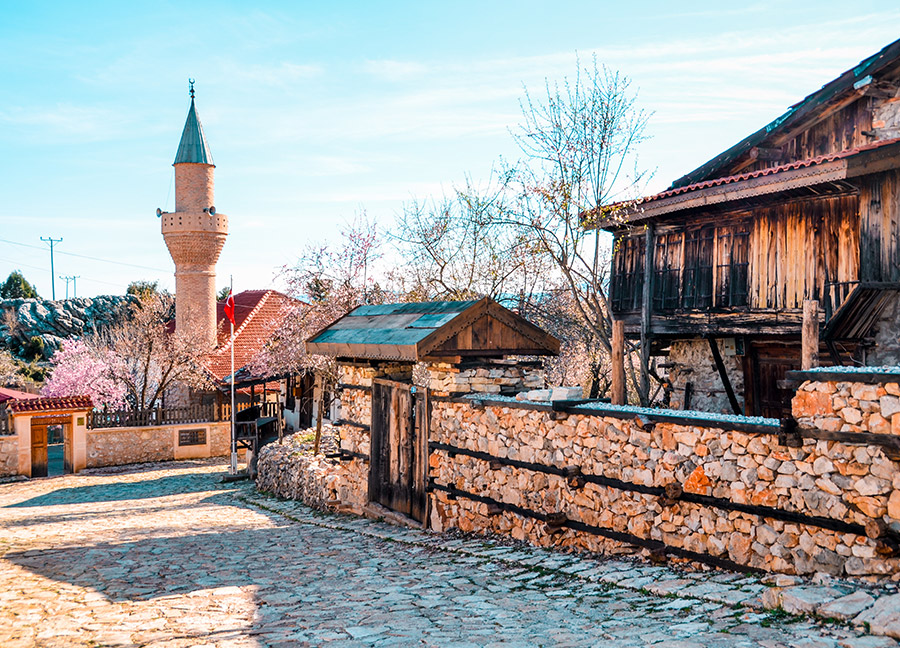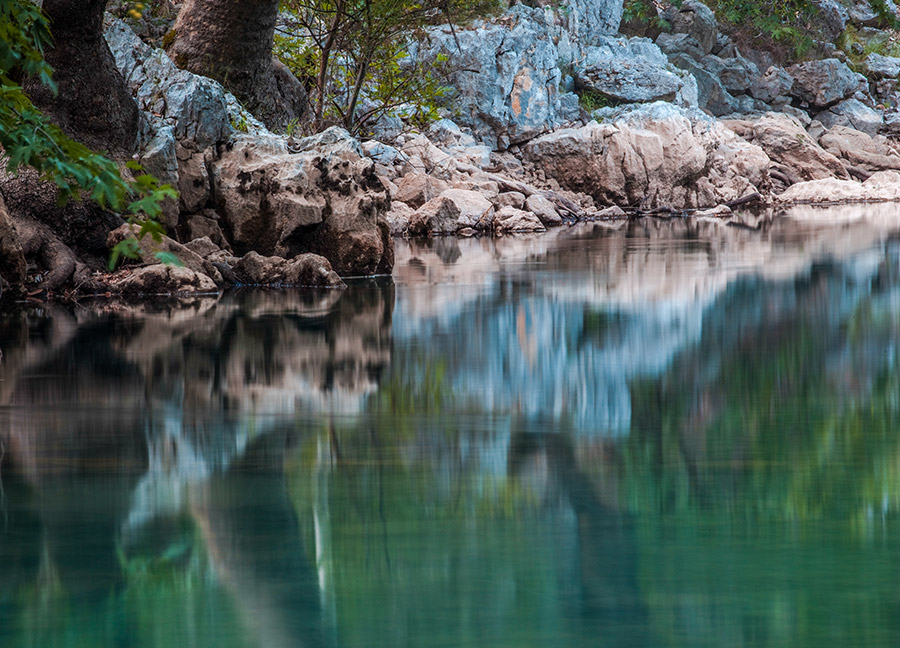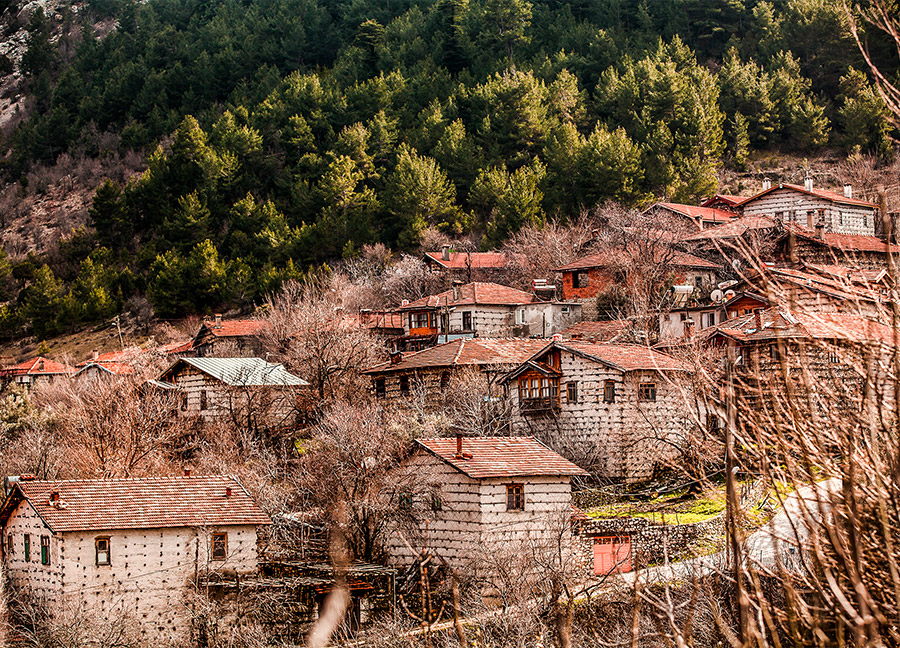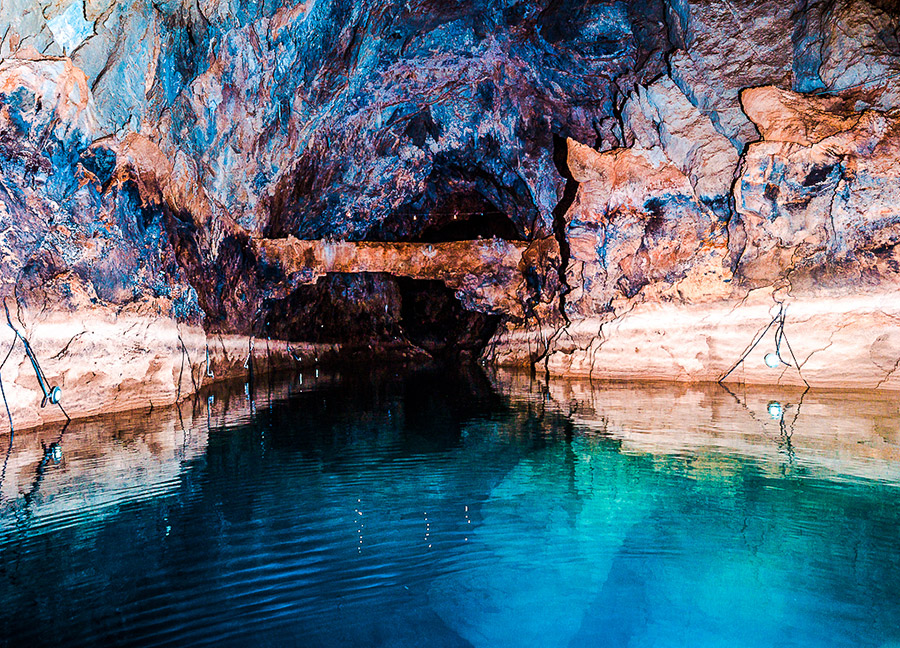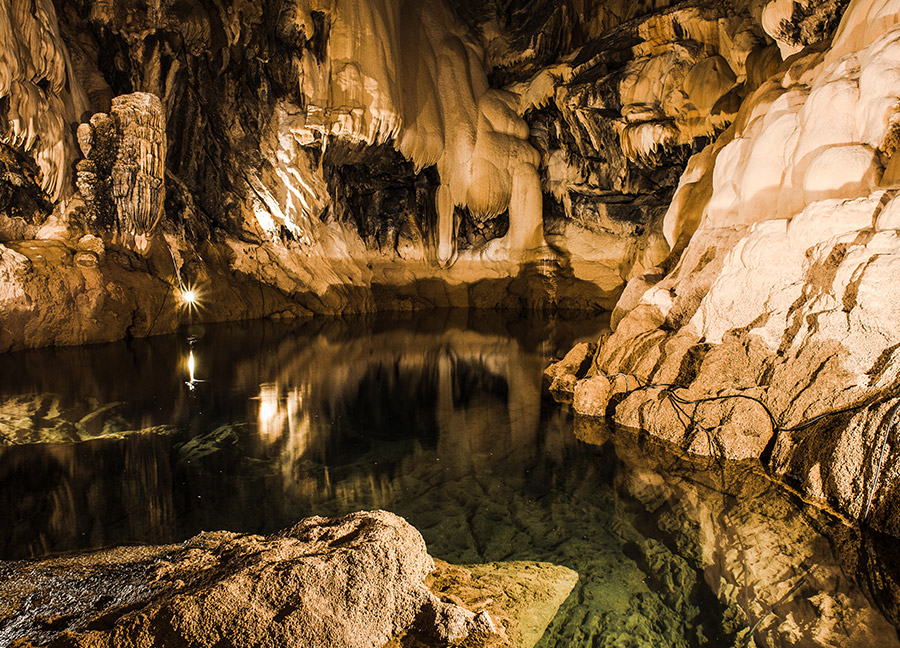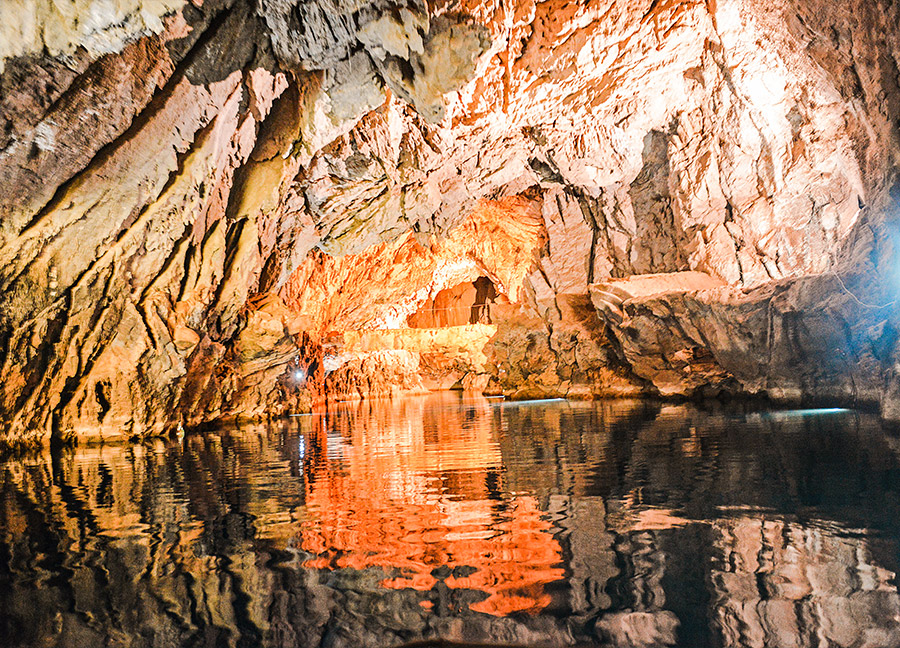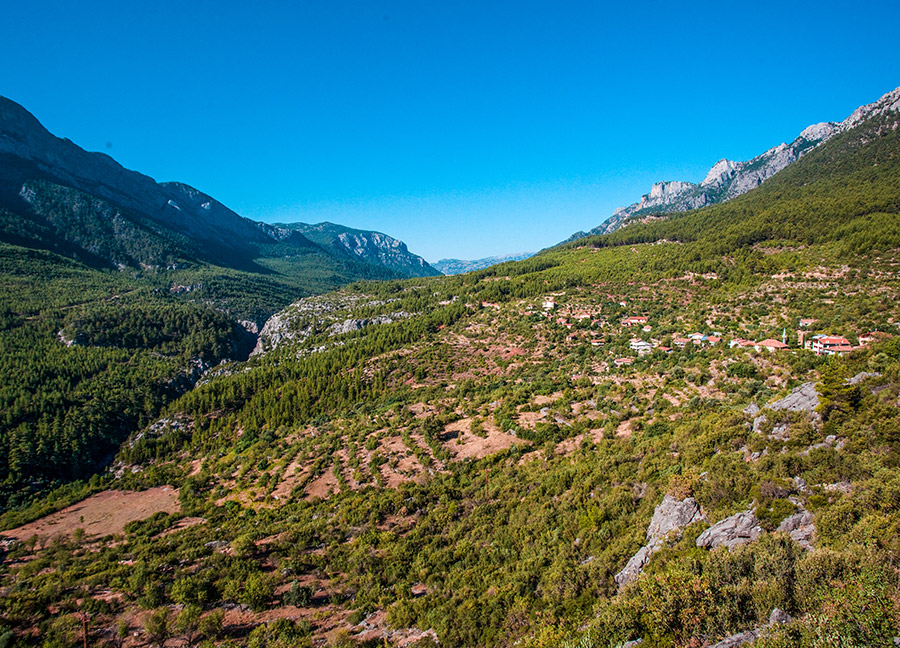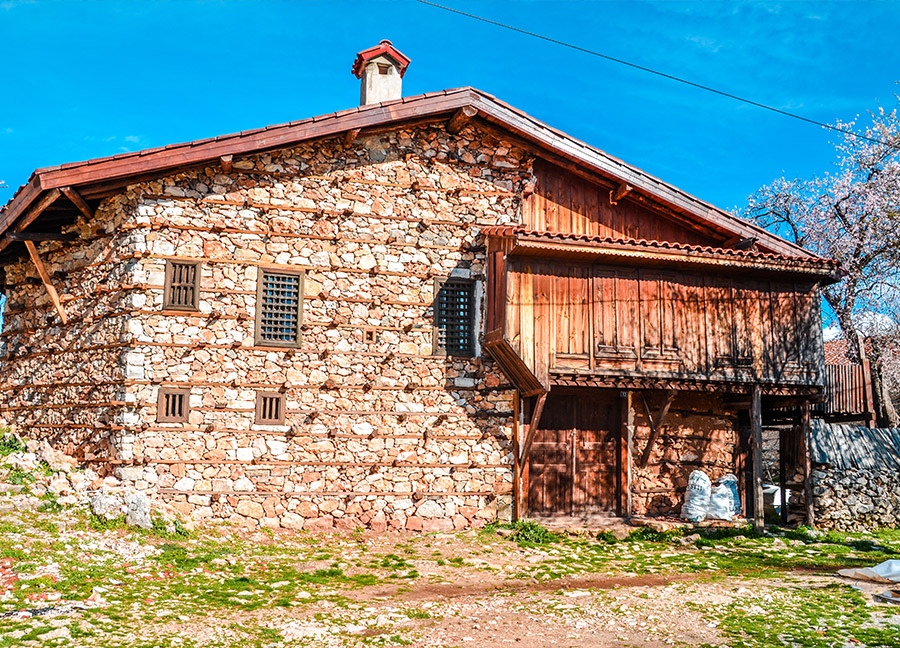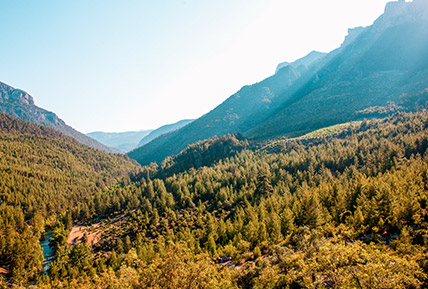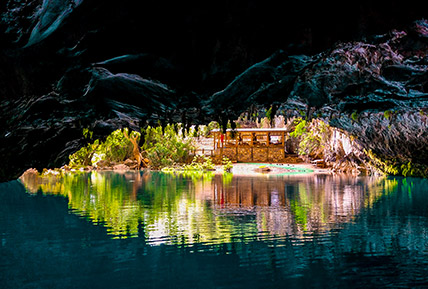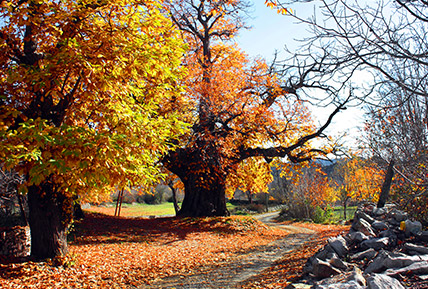Traditional Buttoned Houses, national parks and ancient ruins are waiting for you in İbradı.
İbradı is approximately 166 km from Antalya city center. It is surrounded by Manavgat in the south and west, Akseki in the east and Konya in the north. It is in the high and hilly part of the Western Taurus Mountains. The district has different characteristics from other parts of Antalya with its ecological system.
It is thought that the name of the district, whose establishment is estimated to date back to the Roman Period, means "Plenty of Water" in Luwian language and comes from the word "Ibrad", that is, "Cold Place" in Arabic. The region, where the ancient cities of Gotenna, Etenna and Erimna were established in the First Age, was under Persian rule in 223 BC. Then the Romans began to dominate. Kesikbeli Mevkii in the region the Turks captured in the 13th century. It became a very important trade route during the Seljuks and Principalities. During the Ottoman Period, the district became an important scientific and cultural center that trained countless clergymen for the empire. İbradı was affiliated with Akseki in the Republican Period and became a district in 1990. The district draws attention to its high literacy rate. It continues to train many scientists, politicians and statesmen today.
İbradı is an important settlement area of Yoruks and Teke Turkmens. The county has highlands with an altitude of up to 1600 meters. Animal husbandry is highly developed, especially hair goats are raised. Grain and fruit production is carried out in areas suitable for agriculture. Forestry and viticulture are also important sources of income. İbradı is especially famous for its chestnuts, grapes, molasses and honey. Honey grown in the highlands of the district has a rich plant diversity. It is in great demand for its quality and taste.
Snowdrops and peonies growing in the district are home to many endemic plant species. They are among the natural riches that contribute to the region's promotion. The Snowdrop Festival is held in the first week of April and the Grape Festival. It is held in the first week of September and welcomes hundreds of visitors. It is a scene of joyful moments.
Standing out with its historical, natural and cultural beauties, İbradı offers visitors countless options thanks to its mountainous geography's unique richness. In terms of natural water resources, the fertile highland of the district is the favorite of nature lovers. Altınbeşik Cave has been declared a national park with the land around it. Ormana Village is an open-air museum, and the design wonder 'Button Houses' adorn the village's streets. Erimna Ancient City and Üzümdere Wildlife Development Area are the main must-see values of the district.
EDITOR'S NOTE:
Do not leave İbradı!
Without getting lost in the authentic atmosphere of Ormana Village. It is a 'Cultural Village' with its 700-year history and is famous for its 'Button Houses'. It takes visitors to another period and gives them nostalgic moments,
Without discovering Altınbeşik cave. It offers an interesting visuality with its dripstone formations, stalactites and stalagmites, and the cave's region. It has been declared a national park due to its rich flora and fauna,
In the breathtaking environment of Üzümdere Wildlife Development Area. It is covered with red pine forests and is famous for the vegetation that takes on different colors in four seasons and its rich biological diversity; without being alone with nature,
Not seeing the İbradı Cemetery. It looks like a forest covered with centuries-old chestnut trees that attract attention with their majesty. The Arabian Tree continues to bear fruit with its wide trunk that can be wrapped by twelve people right next to it,
Before you can taste the famous grapes of the district. They leave different flavors on the palate with varieties such as Sergeant, Dimli Blush, White Grape, Camel's Eye, Bride's Finger.



